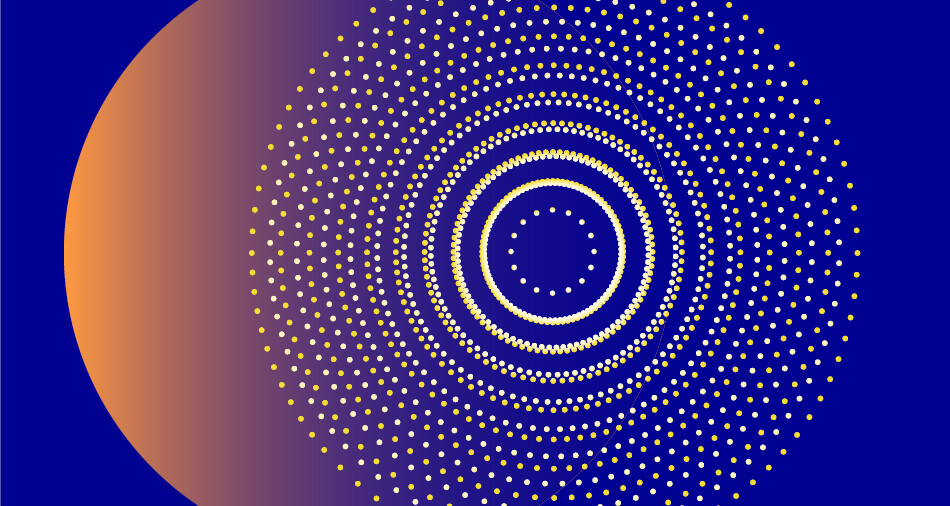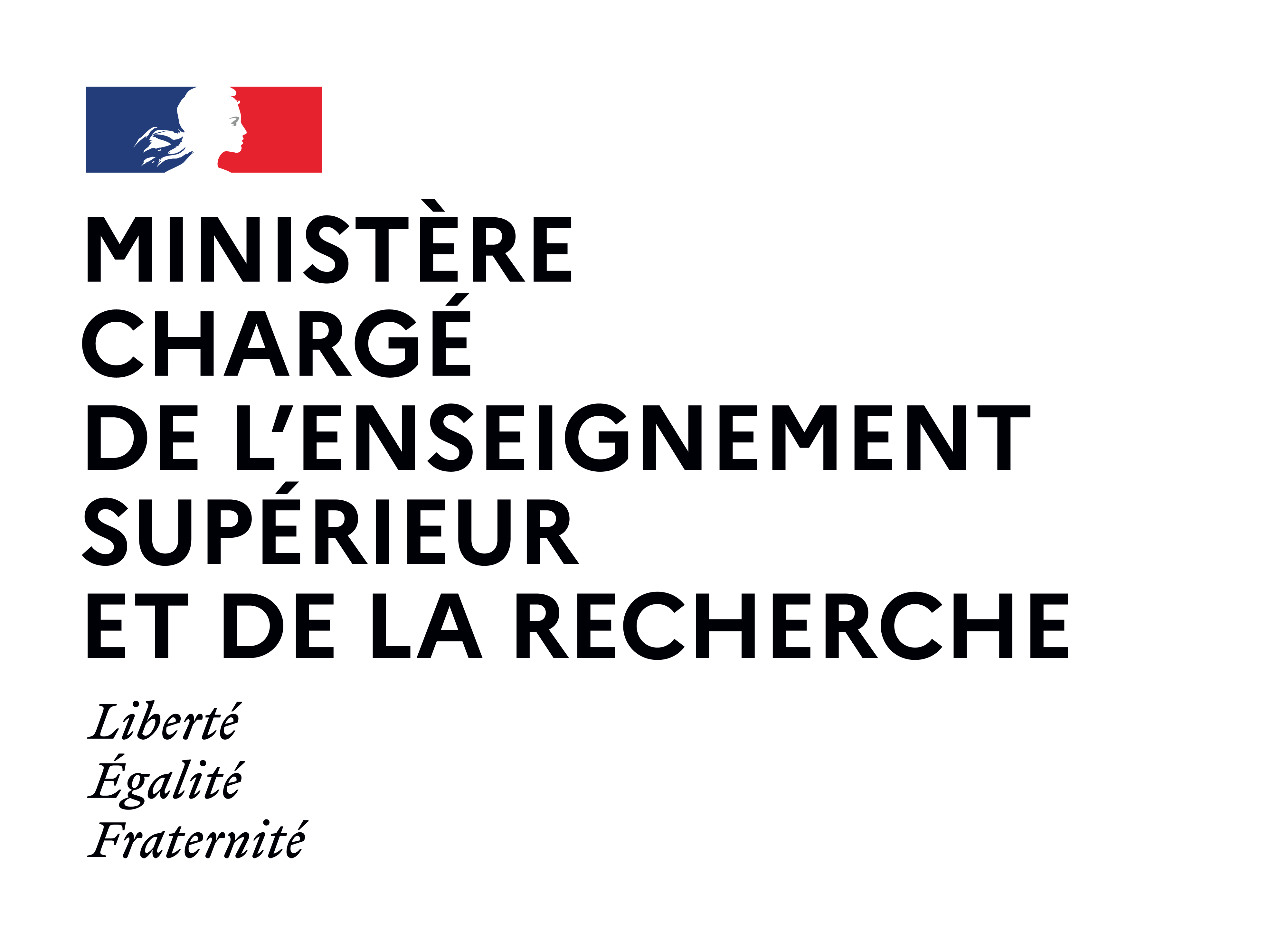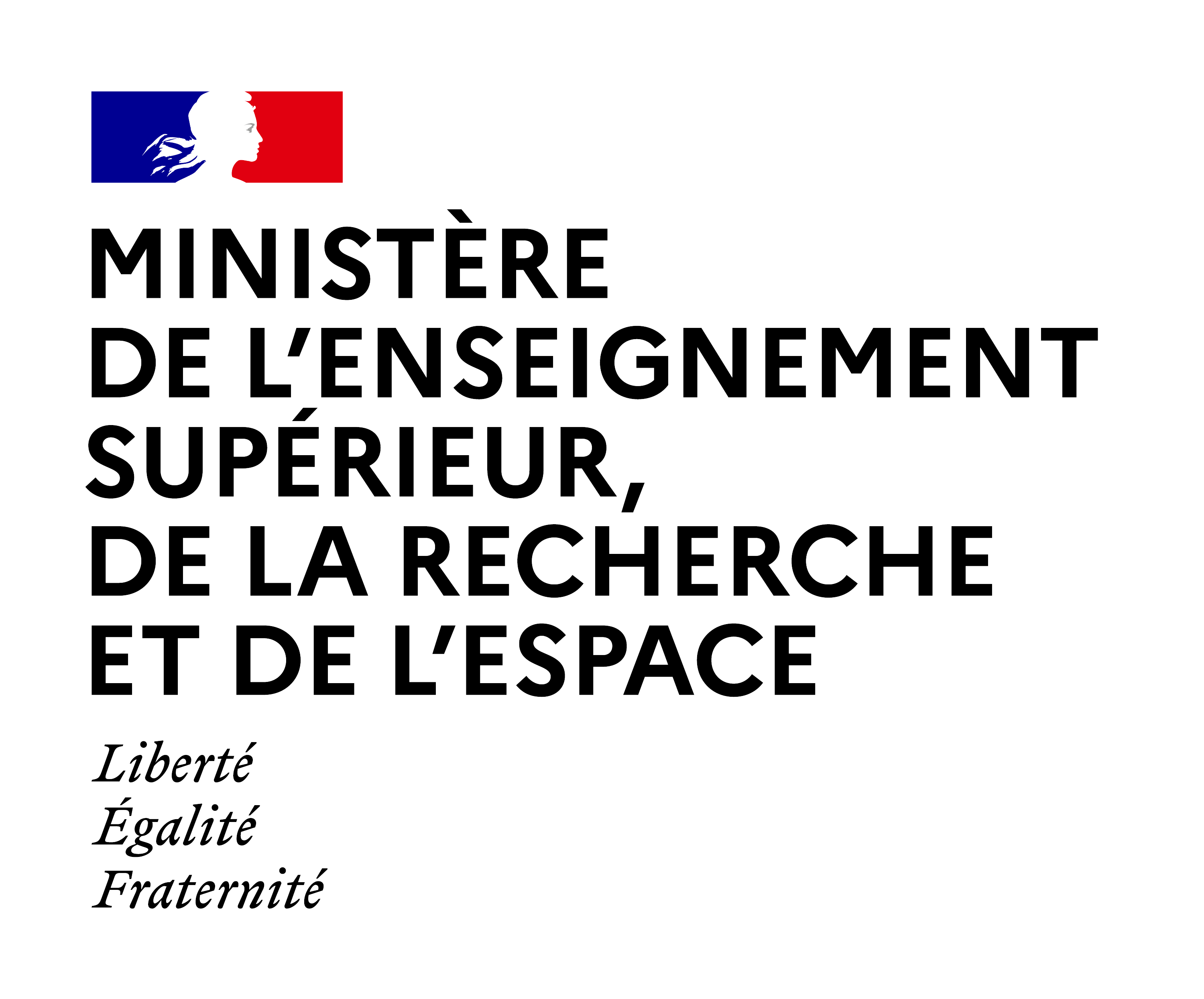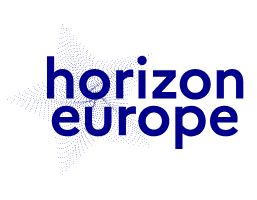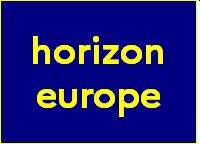Expected Outcome:
This topic aims at supporting activities that are enabling or contributing to several expected impacts of destination 3 “Tackling diseases and reducing disease burden”. To that end, proposals under this topic should aim for delivering results that are directed, tailored towards and contributing to all of the following expected outcomes:
- The EU is reinforced as an internationally recognised driver of research and innovation in rare diseases (RD) and thereby substantially contributing to the achievement of the Sustainable Development Goals related to rare diseases;
- Research funders align, adopt and implement their RD research policies allowing for the optimal generation and translation of knowledge into meaningful health products and interventions responding to the needs of people living with a rare disease across Europe and globally.
- The RD research community at large benefit from and use an improved comprehensive knowledge framework integrating the EU, national/regional data and information infrastructures to improve translational research.
- People living with a rare disease benefit from a more timely, equitable access to innovative, sustainable and high-quality healthcare, taking stock of highly integrated research and healthcare systems.
- Researchers, innovators - as well as people living with a rare disease and their advocates (as co-creators) - effectively constitute and operate into an integrated research and innovation ecosystem to deliver cost-effective diagnosis and treatments.
- Public and private actors, including civil society (e.g. NGOs, charities), establish coordinated and efficient multi-stakeholder collaborations at EU and national (including regional) levels, allowing for more effective clinical research, for example aiming at improved success rates of therapeutic development.
Scope:
The Partnership should contribute to priorities of the “Communication on effective, accessible and resilient health systems” (COM(2014) 215 final), the “Communication on enabling the digital transformation of health and care in the Digital Single Market; empowering citizens and building a healthier society” (COM(2018) 233 final) and support the objectives of the new EU4Health Programme (COM(2020) 405 final, Regulation (EU) 2021/522[1]).
This partnership should also contribute to achieving the objectives of the Pharmaceutical Strategy for Europe[2], in terms of fulfilling unmet medical needs (e.g. for rare diseases with so called “orphan medicinal products”[3]) and ensuring that the benefits of innovation reach patients in the EU.
Thanks to its capacity to bring together different stakeholders (e.g. research funders, health authorities, healthcare institutions, innovators, policymakers), the Partnership will create a critical mass of resources and to implement a long-term Strategic Research and Innovation Agenda (SRIA).
The co-funded European Partnership on rare diseases should be implemented based on the priorities identified in the SRIA and through a joint programme of activities ranging from coordinating and funding transnational research to highly integrative and community-driven ‘in-house’ activities such as innovation strategies for the efficient exploitation of research results, EU clinical trial preparedness activities, optimisation of research infrastructures and resources, including networking, training and dissemination activities. It should be structured along the following main objectives:
- Launch joint transnational calls for RD research and innovation priorities as defined in the SRIA, resulting in financial support to third parties, based on the annual work plans;
- Develop a European Clinical Research Network to accelerate the clinical trial readiness of the RD research community in Europe, to improve the research and innovation potential of RD stakeholders and facilitate the cost-effective clinical development of new therapies;
- Develop and consolidate the capacity building of the RD data ecosystem by supporting the federated access/sharing of FAIR[4] research data, information resources to ensure the effective and fast translation of the research results to safe and effective health innovations;
- Integrate basic, pre-clinical and clinical research to reduce the burden for people living with a rare disease.
- Support research in relevant medical fields and intervention areas (prevention, diagnosis, treatment), while improving the utilisation of existing health technologies in clinical practice;
- Support the scientific work of the International Rare Disease Research Consortium.
The Partnership is open to all EU Member States, as well as to countries associated to Horizon Europe and will remain open to third countries wishing to join. The Partnership should include or engage with the following actors:
- Ministries in charge of R&I policy, as well as national and regional R&I and technology funding agencies and foundations;
- Ministries in charge of health and care policy, as well as national and regional healthcare authorities, organisations and providers (including providers members of the European Reference Networks);
- Research infrastructures;
- Patients organisations;
- Industry;
- Charities.
The Partnership may also encourage engagement with other relevant Ministries and research funders. It should involve other key actors from civil society and end-users, research and innovation community, innovation owners, health and care systems owners/organisers and health and care agencies.
The Partnership’s governance structure should enable an upfront strategic steering, effective management and coordination, daily implementation of activities and ensure the use and uptake of the results. Importantly, the EU Member States, as public funders should have a leading role in the governance and strategic steering of the whole Partnership, including in the co-design and the strategic orientations of the ‘in-house’ activities, such as consolidating the research & innovation ecosystem, clinical trial preparedness for the community, contribution to ERA, training activities etc.). Moreover, the management structure should allow the coordinated input of key stakeholders, including but not limited to the research and innovation community, patients and citizens, health and care professionals, formal and informal care organisations, and innovation owners.
To ensure coherence and complementarity of activities and leverage knowledge and investment possibilities, the Partnership is expected to establish relevant collaborations with other Horizon Europe partnerships (institutionalised and co-funded) and missions as set out in the working document on ‘Coherence and Synergies of candidate European Partnerships under Horizon Europe’[5] as well as to explore collaborations with other relevant activities at EU and international level. The proposal should also consider synergies with EU programmes, including but not limited to EU4Health, the Digital Europe Programme (DIGITAL), the European Social Fund Plus (ESF+), the European Regional Development Fund (ERDF)[6], InvestEU, the Recovery and Resilience Facility (RRF) and the Technical Support Instrument (TSI).
Cooperation with international organisations, and non-European institutions and experts may be considered. Participation of third countries is encouraged. Their commitments to the Partnership would not be eligible for the calculation of EU funding. Applicants should describe in their proposal the methodology for their collaboration and the aims they want to achieve with this kind of collaboration.
Proposals should pool the necessary financial resources from the participating national (or regional) research programmes with a view to implementing joint calls for transnational proposals resulting in grants to third parties. Financial support provided by the participants to third parties is one of the activities of this action in order to be able to achieve its objectives.
Collaboration with the EU agency involved in authorising orphan medicinal products, the European Medicines Agency (EMA), should be considered to enhance the sharing of knowledge and data regarding orphan medicinal products and rare diseases, while national agencies producing knowledge on orphan medicinal products and rare diseases may also join the Partnership, e.g. as beneficiaries.
When defining calls for proposals, this Partnership needs to consider the effective contribution of social sciences and humanities (SSH) disciplines and the involvement of SSH experts, institutions as well as the inclusion of relevant SSH expertise, in order to produce meaningful and significant effects enhancing the societal impact of the related research activities.
Collaboration with the European Commission's Joint Research Centre (JRC) must be considered to materialise the sharing of (meta)data regarding registries for rare diseases, exchanging data for clinical studies and research based on a unified pseudonymisation tool provided by the European Platform on Rare Disease Registration (EU RD Platform) and related tools and services, as well as in other areas of mutual interest, such as training and capacity building.
The total indicative budget for the partnership is up to EUR 150 million and subject to the effective implementation of the commitments made by the members of the consortium. The Commission envisages to include new actions in its future work programmes to provide continued support to the partnership for the duration of Horizon Europe.
The expected duration of the partnership is seven to ten years.
[1] https://eur-lex.europa.eu/legal-content/EN/TXT/?uri=uriserv:OJ.L_.2021.107.01.0001.01.ENG
[2] COM(2020) 761 final, https://ec.europa.eu/health/medicinal-products/pharmaceutical-strategy-europe_en
[3] https://ec.europa.eu/health/medicinal-products/orphan-medicinal-products_en
[4] See definition of FAIR data in the introduction to this work programme part.
[5] Directorate-General for Research and Innovation, A4 Partnership Sector, October 2020: https://ec.europa.eu/info/sites/default/files/research_and_innovation/funding/documents/ec_rtd_coherence-synergies-of-ep-under-he_annex.pdf
[6] “Synergies between Horizon Europe and ERDF programmes (Draft Commission Notice)” https://research-and-innovation.ec.europa.eu/news/all-research-and-innovation-news/synergies-guidance-out-2022-07-06_en
